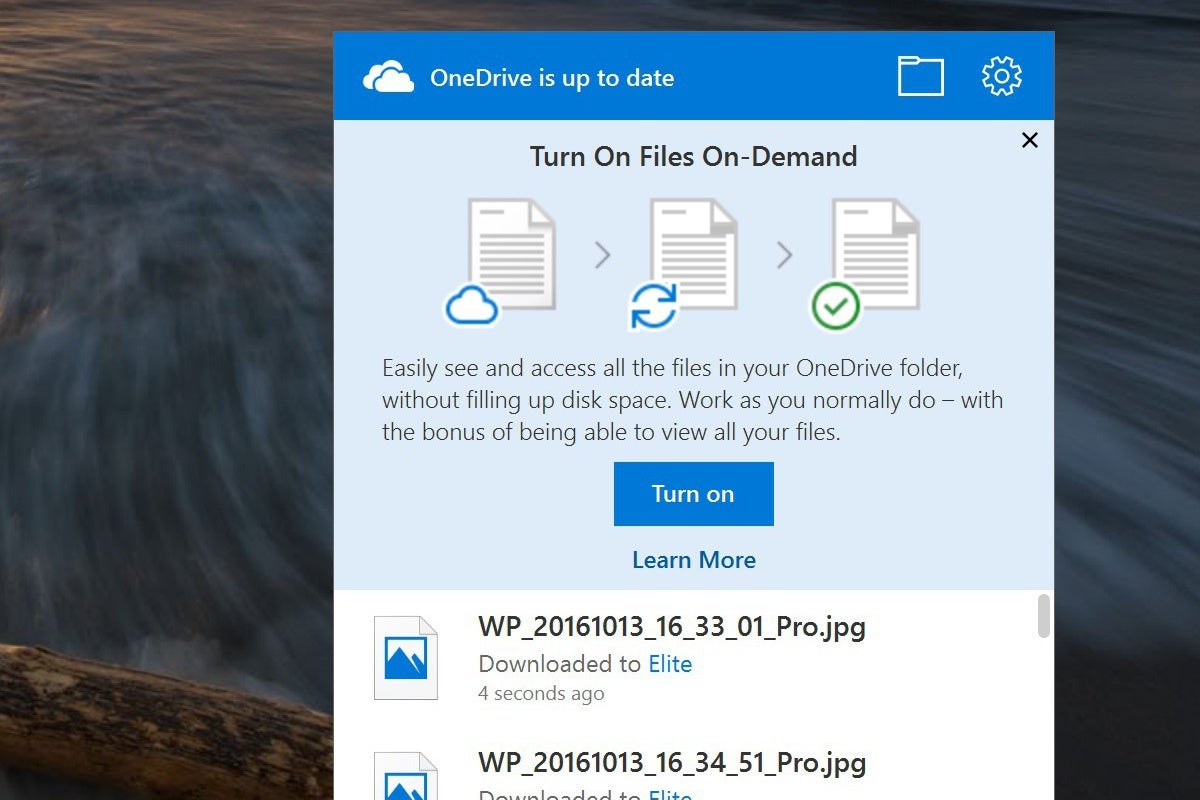Microsoft Releases Onedrive Files On Demand For Mac

Back in September, we reported that Microsoft is bringing OneDrive’s Files On-Demand feature to the Mac. At the time, it wasn’t exactly clear when the feature will be available. Microsoft has now updated the Microsoft 365 Roadmap, stating that Files On-Demand is now rolling out on the Mac. How to uninstall kmplayer for mac free.
Microsoft has started to roll out Files On-Demand for Mac, a function of Office 2019 that allows users to see all of their files held in OneDrive storage from the Mac desktop, with documents downloaded from the cloud only when they are required.
Initially announced in September, the Files On-Demand feature is now being rolled out as a full feature. According to Microsoft's product roadmap for Files On-Demand for macOS Mojave, the status has been updated to 'Rolling out' as of Thursday, and is being provided to Mac users of OneDrive for Business.
It is unclear how long it will take before all OneDrive for Business customers will gain access to the function, nor if it will be made available to non-business subscribers of Microsoft's Office 365 suite anytime soon. It will be made available as part of the regular OneDrive sync client, reportsThurrott.
Files On-Demand allows users the ability to navigate their OneDrive cloud storage through their computer's existing file management system, which for the Mac is Finder. The OneDrive storage appears as an APFS-formatted volume in macOS Mojave, as if they are kept locally, but in fact users see placeholder versions of files that take minimal space on the Mac. Laserjet p2015dn driver windows 10. On needing to access a file, OneDrive downloads it to the Mac and replaces the placeholder.
In theory, Files On-Demand will save users with constrained local storage capacity from wasting too much on files that are not always needed. While files that are frequently required can be kept on the local drive, the less-used versions will still seem to be available to users, but instead are stored in the cloud for later retrieval.
AppleInsider has affiliate partnerships and may earn commission on products purchased through affiliate links. These partnerships do not influence our editorial content.